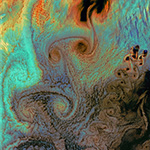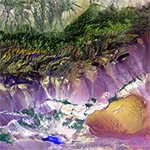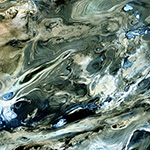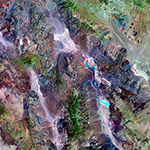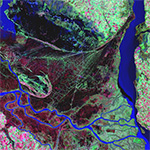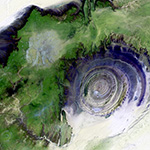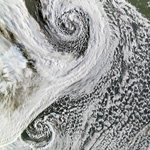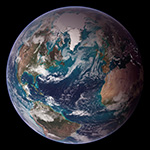|
The images displayed below have been used in whole or in part for the creation of the |
|
|
Aleutian Islands - Von Karman Vortices |
|
|
Bogda Mountains |
|
|
Dasht-e Kevir |
|
|
Death Valley National Park |
|
|
Parana River Delta |
|
|
Richat Structure |
|
|
Cyclones in Tandem |
|
|
Crab Nebula |
|
|
Blue Marble |
|
COPYRIGHT © 2009 by Kevin Conniff − ALL RIGHTS RESERVED |
